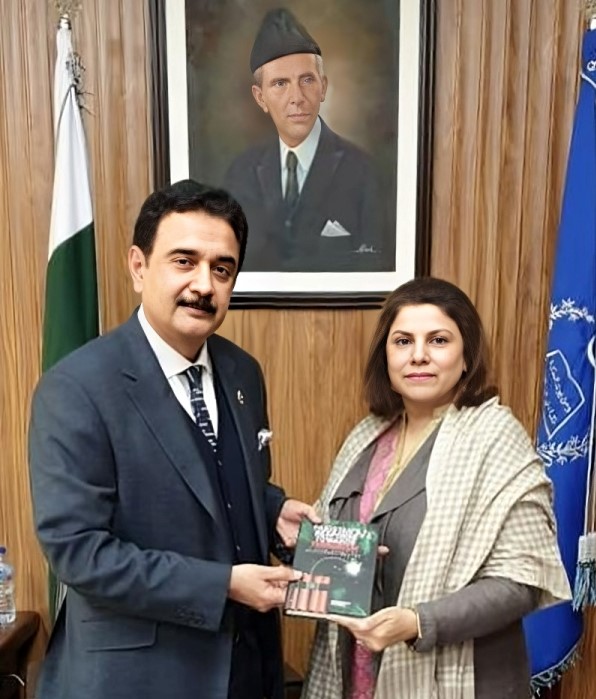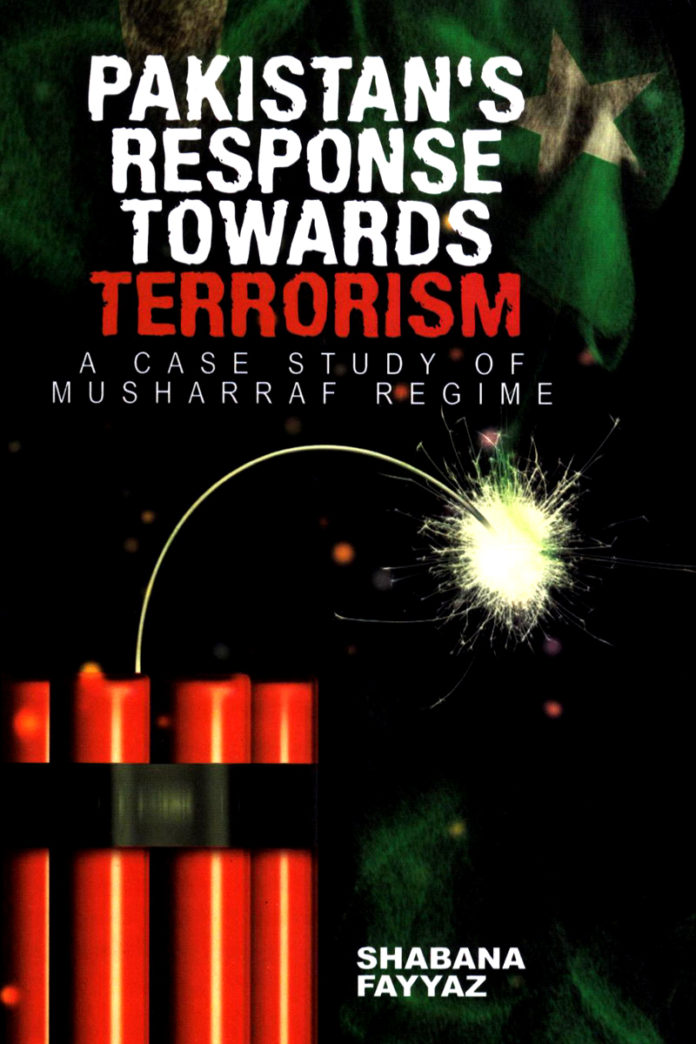The US-sponsored global war on terror and its worldwide promotion opened another chapter in the history of South Asia, where the pair of nuclear weapon states are good rivals and bad neighbours. Pakistan’s decision to join the US-led global counterterror campaign made Pakistan a frontline state in America’s international counterterror efforts. Pakistan’s alliance with the US further signalled internationally that Pakistan was a major non-NATO ally in the broader American geostrategic priorities. The Musharraf government decided to prefer the United States as the close strategic partner against the regional pressures of South Asian politics. In response to the regional pressures originating from Indian regional hegemonic designs, the Musharraf government decided to play an active role in the South Asian directions of the US-sponsored global war on terror. This change in the global power politics attracted international academic communities to the political growth of the nuclearized subcontinent under the broader shadow of war against terrorism. Leading international intellectual circles presented varying viewpoints on Pakistan’s role in the global counterterror efforts of the US. In the list of mainstream studies done by various authors on the domestic circumstances of Pakistan under the influences of global politics, the majority of authors mainly emphasized the nature of Islamabad’s counterterror efforts. Analogous to a few other studies, the recently published book of Shabana Fayyaz came as an exceptional work on the internal situation of Pakistan during the Musharraf regime, when Pakistan became the gravitational point of American South Asian engagement. The US grand South Asian strategy in the initial phase of America’s worldwide counterterror operations focused on Pakistan as a close strategic ally due to Pakistan’s territorial connections to Afghanistan. Fayyaz’s primary focus is on the internal political dynamics that forced the Musharraf government to join the American counterterror alliance and the decision to launch an internal operation to make Pakistan a terror-free country internationally.
Shabana Fayyaz is the Head of the Department of Defence and Strategic Studies (DSS) at the Quaid-i-Azam University Islamabad. She has vast experience of teaching various subjects in the DSS department; while having more than two decades of teaching experience in the DSS department, she has explored various dimensions of her field by conducting several independent research-based studies. The intellectual properties of Fayyaz helped her secure a PhD from the University of Birmingham, UK, parallel to acquiring considerable global experience in teaching and research. She has experience of various international platforms, such as the alumni of the “Women and Security Program” at Harvard Kennedy School. Moreover, she remained attached to the Pakistan chapter of Women without Borders while teaching at various well-reputed universities in Pakistan. The combination of her academic and professional capabilities propelled her to convert her PhD research into the book that is under review. The book Pakistan’s Response Towards Terrorism: A Case Study of Musharraf Regime is fundamentally an analytical survey of Pakistan’s approach to the war on terror during the Musharraf administration. While covering the period of 2001-2008, the book’s main focus is on various internal political developments under the shadows of a countywide counterterror operation in Pakistan. The central theme of the book has tried to explain the opportunities and challenges Pakistan gained by actively joining the American global strategic plans. The arguments in the book provide a comprehensive evaluation of the Musharraf regime’s efforts to conduct terror-combating military operations with the objective of creating a terrorism-free Pakistan.

The main structure of the book is divided into seven chapters including the introductory and concluding parts of the research. Every chapter of the book tries to cover a different dimension of the study while aligning all the arguments to the central theme of the book. After formally introducing the core argument of the research in the first introductory chapter, the subsequent chapters continued the debate on different aspects of the Musharraf government in tackling the menace of terrorism across the country. The legitimacy of Fayyaz’s analysis in the study is structured on the logical ground with the support of a specific theoretical framework. The second chapter of the book emphasizes the conceptual understanding of the study while starting the debate from the state-centric analysis. The theoretical conversation in the second chapter focused on three different models of security prepared by Barry Buzan, Ole Weaver, and Mehbub-ul-Haq. Thus, the integrated conceptual framework maintained the logical grounds of the argument in the rest of the book’s parts. The third and fourth chapters covered the history of fundamental religious ideas in the pre-and-post-9/11 eras and treated it as a major shift in Pakistan’s strategic thinking. The shift in Islamabad’s strategic calculations resulted from unavoidable and unstoppable regional and global pressures. The third chapter emphasized the historical growth of fanatical religious ideas in Pakistan, whereas the fourth chapter focused on Islamabad’s drive for countering the countrywide spread of religious divisions and their violent faces. The fifth chapter exclusively describes the nature and traits of Islamabad’s military-centric counter-campaign and its spread across the country generally, and in the terror-affected areas specifically. This chapter comprises a chronological examination of Military Actions by the government of Pakistan from 2002 to 2010. The second last chapter explains Islamabad’s approach to reforming the educational, legal, social, political, economic, and institutional infrastructure of the country (p. 196). The concluding and last chapter summarized the answers to five major questions, which remained the focus of all chapters. Based on the abovementioned features, it is more appropriate to maintain that the book is an academic endeavoured to maintain a comprehensive account of various arguments addressing Pakistan’s response to the countrywide wave of terrorism during the Musharraf government. It is an analytical description of Islamabad’s way of managing the internal security issues under the non-traditional domain of security. Islamabad’s quest for adopting a terror-combating policy was a reaction to the combination of internal and external security challenges. Thus, objectively evaluating internal and external security challenges proved to be the exceptional feature of the book, which keeps the author exploring Islamabad’s pursuit of overcoming its mainstream security challenges beyond the conventional framework of the national security policy of Pakistan. In this way, Fayyaz’s could be treated as an appreciable intellectual effort that contains logically convincing and rationally balanced arguments. It is an appropriate study for students interested in understanding the role of Pakistan in the US-led war on terror and its impacts on the internal security situation of Pakistan. Furthermore, this book presents an interesting account of different arguments concerning the broader framework of Islamabad-Washington cooperative bilateralism on the question of terrorism.





